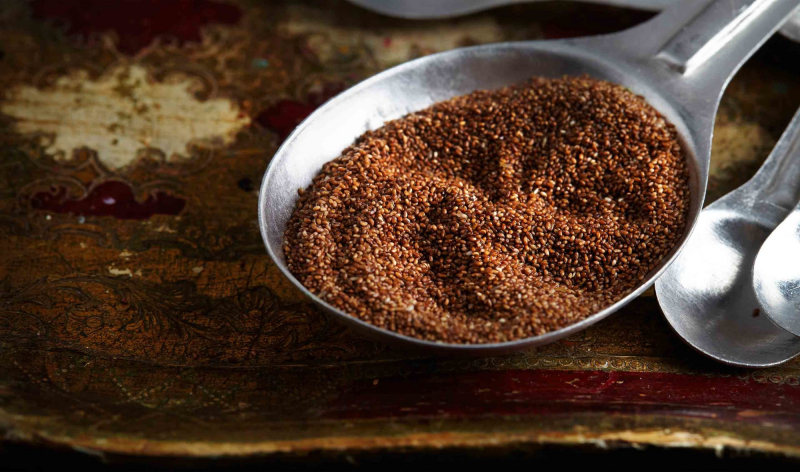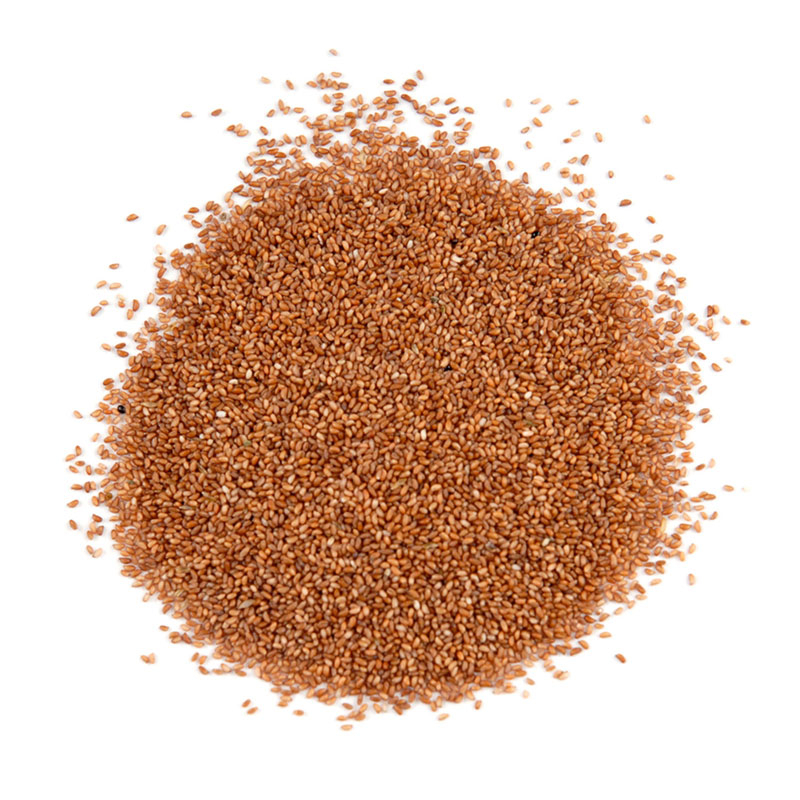Teff
Teff is a tropical grain crop from the Poaceae family of grasses. Primarily cultivated in Ethiopia and Eritrea, it is believed to have originated there thousands of years ago. It can thrive in a variety of environments, is drought-resistant, and comes in both darker and lighter kinds, with brown and ivory being the most common. It is also the tiniest grain known to man, being only one hundredth the size of a wheat kernel. Teff tastes nutty and earthy. Light variants frequently have a subtle sweetness to them. Because it is gluten-free, it has recently gained a lot of favor in the West.
It's vital to note that depending on the type, growing region, and brand, teff's nutritional profile tends to differ considerably. Teff is still a rich provider of copper, magnesium, potassium, phosphorus, manganese, zinc, and selenium when compared to other cereals. Additionally, it contains all of the essential amino acids, which are the protein's building blocks in your body, making it a fantastic source of protein. Lysine, an amino acid that is sometimes absent in other grains, is unusually abundant in it. Lysine is necessary for the synthesis of proteins, hormones, enzymes, collagen, and elastin. It also aids in the immune system, energy generation, and calcium absorption.
Teff is often processed and consumed as a whole grain rather than being separated into the germ, bran, and kernel, as is the case with wheat processing, due to its tiny size. Teff may also be crushed into flour to be used as a whole grain without gluten. Teff flour is fermented with yeast that grows on the grain's surface in Ethiopia to create the classic sourdough flatbread known as injera. Typically, Ethiopian dinners start with this soft, spongy bread. It is made by sprinkling a hot griddle with a batter made of fermented teff flour. Teff flour is a fantastic gluten-free substitute for wheat flour when making packaged foods like pasta or bread. Additionally, it frequently gives products that contain wheat an added nutritional boost.










